Recife is a large coastal town in north eastern Brazil. It has a population of just over 1.5 million and is an interesting mix of areas. It has long, sandy beaches lined by busy roads and high tower blocks full of offices and apartments. But, it also has the old town with its historic, crumbling buildings and colonial feel.
To understand more about the city and its history, we had a bike tour with La Ursa. We met our guide, Roderick at a city bike hire station down at the golden beaches of Boa Viagem. Here he set us up with hire bikes, to be returned to another hire station at the end of our tour. What a great idea for a business.
Next, we cycled along the breakwater, enjoying views across to the city. At the end of the breakwater is the Francisco Brennand´s Esculturas Park. Built in 2000 as a commemorative landmark for 500 years of the discovery of Brazil, it contains 90 works by the artist. The main sculpture is the Crystal Column (although locals have another name, not so polite name for it). This 32m tower is made of clay and bronze, topped by a flower inspired bud and housing a special egg. The column is surrounded by strange creatures including mermaids, a gigantic sea serpent and human footed pelicans. All very peculiar.
From the park, we took a short boat trip across to the old island with its cobbled streets and many bridges. Standing in Marco Zero, the main square, we observed the city preparing for the upcoming carnival. The streets were lined with streamers and banners, street vendors were setting up stalls and every plaza housed a stage with monster sound systems.
Recife is named after the reef which boarders the coast here and this reef has been responsible for so many ship wrecks it is known as the shipwreck capital of Brazil. With 30 diveable wrecks to choose from, some several hours offshore, Diving with Jedivers helped us to explore three: Taurus, Virgo and Pirapama.
Taurus and Virgo are two tugboats. Both stripped out and sunk to create artificial reefs: Taurus in 2006 and Virgo in 2020. It was interesting to see the difference in the marine growth over the two tugs.
Pirapama is a much older wreck. This wooden paddle steamer sank 130 years ago after a collision with another boat. Surprisingly, most of the hull is still visible, its mighty vessel infrastructure covered in soft coral and sponges. Surrounded by shoals of snapper and Atlantic spadefish, it made a super dive.
A short 20km drive from Recife is the colonial town of Olinda. Founded in 1535 by the Portuguese, it was rebuilt by the Dutch in the 18th century and is a UNESCO World Heritage Site. Situated on a steep hillside, the narrow, cobbled streets are crowded with brightly coloured houses, baroque churches and monasteries and brightly painted houses.
Here we took another tour with Roderick; this time walking. As well as the history of the town, Roderick told us all about carnival and especially the ´bonecos gigantes´. These are giant puppets up to 15 feet tall, weighing 45 kilos. They are representations of popular local or international figures and are carried through the streets during the carnival period. The most famous is ‘homom da meia noite´ (midnight man) who opens the carnival at midnight on the Saturday. The story goes that he was a tall, elegant man who would come out at night searching for romantic encounters with lonely maidens. It was all a bit spooky.
Brazil is world famous for its carnival celebrations and Recife and Olinda are no exception. The festivities last for days with the pre-carnival ´practising´ going on for weeks, and even months, before hand.
During the carnival, rather than one parade, there are many blocos (street parties). Each bloco has its own distinct theme and anthem and involves thousands of revellers dancing through the streets.
The largest bloco in Recife is ´Galo da Madrugada´ (dawn´s rooster). This starts at 7am on one of the city’s many bridges. The meeting point is marked by a giant rooster sculpture, specially constructed each year and, from here, the procession winds through the main streets with its trucks of enormous speakers blasting out carnival tunes. The streets are crammed with party goers dancing and singing. Ending at the old town with its large staging areas, the music and dancing goes on through the night. There are usually over 2 million people partying.
Our final event in Recife was the ARC prize giving. Hosted on a catamaran, it was a memorable experience, cruising through the canals and under the many bridge surrounding the old town.

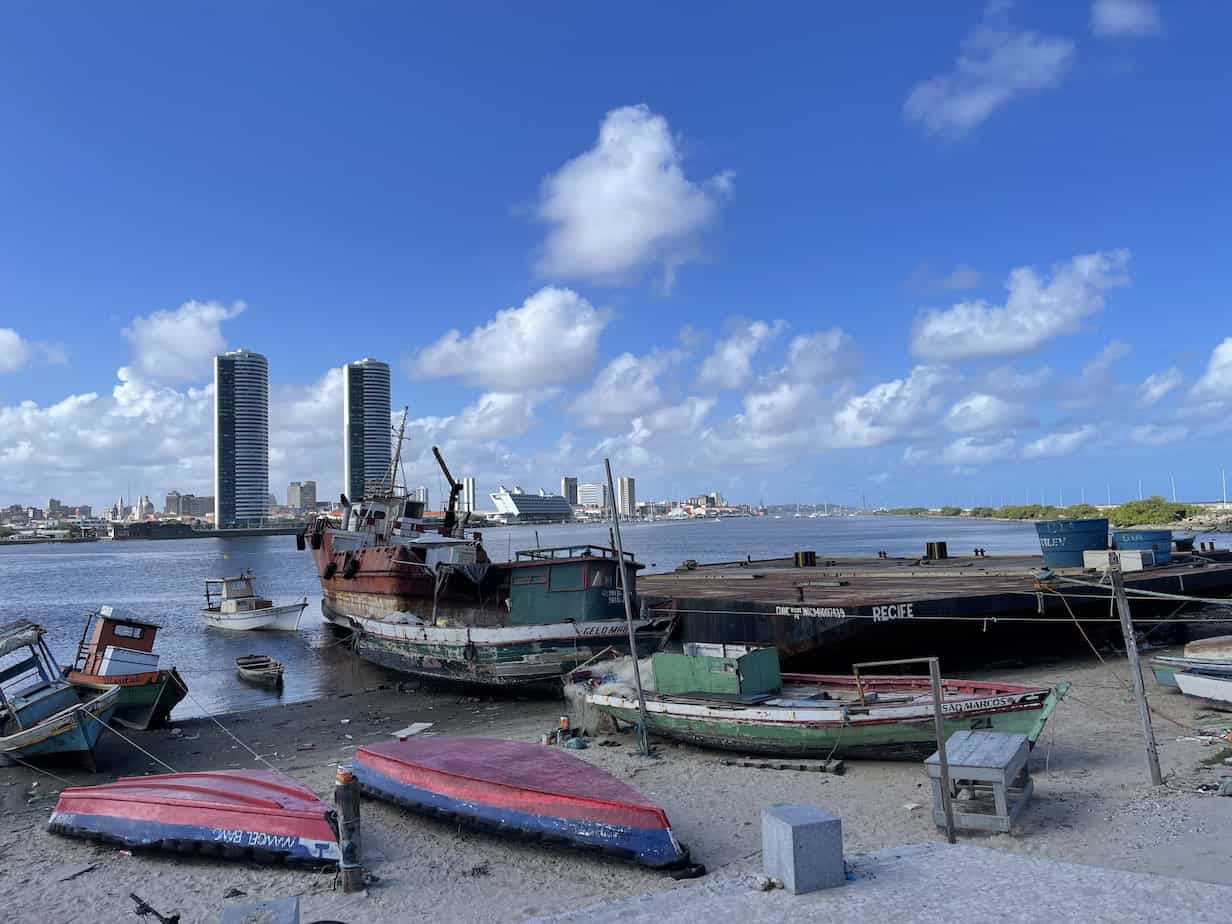
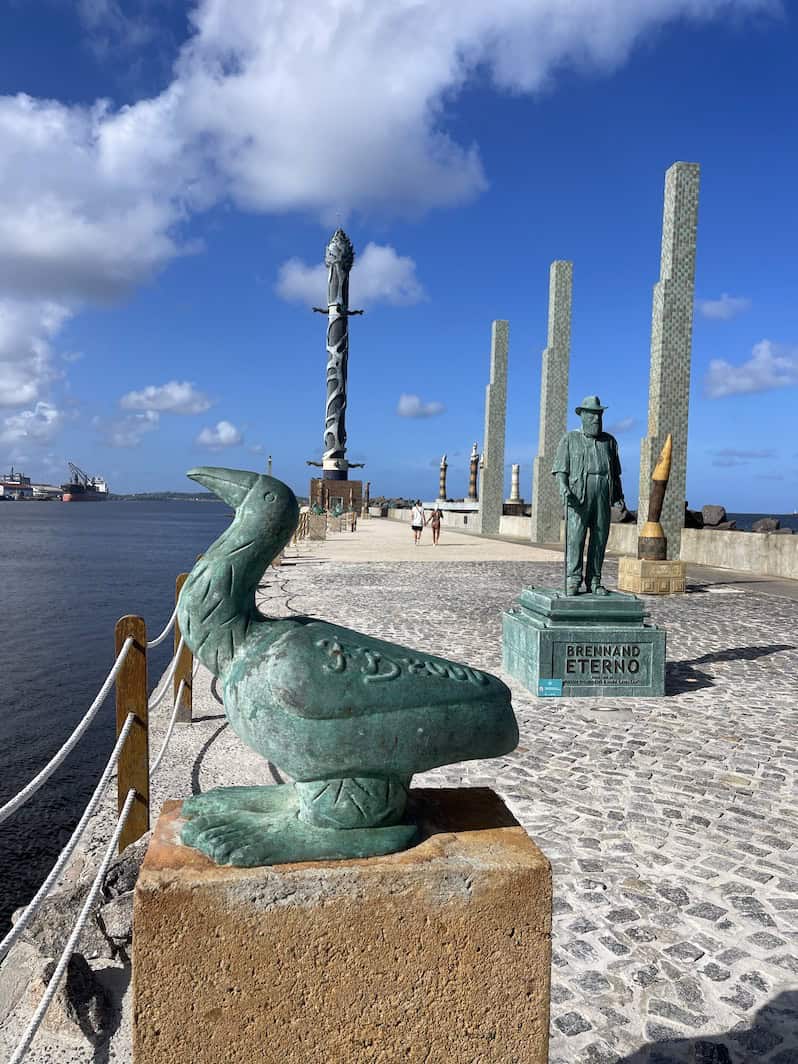
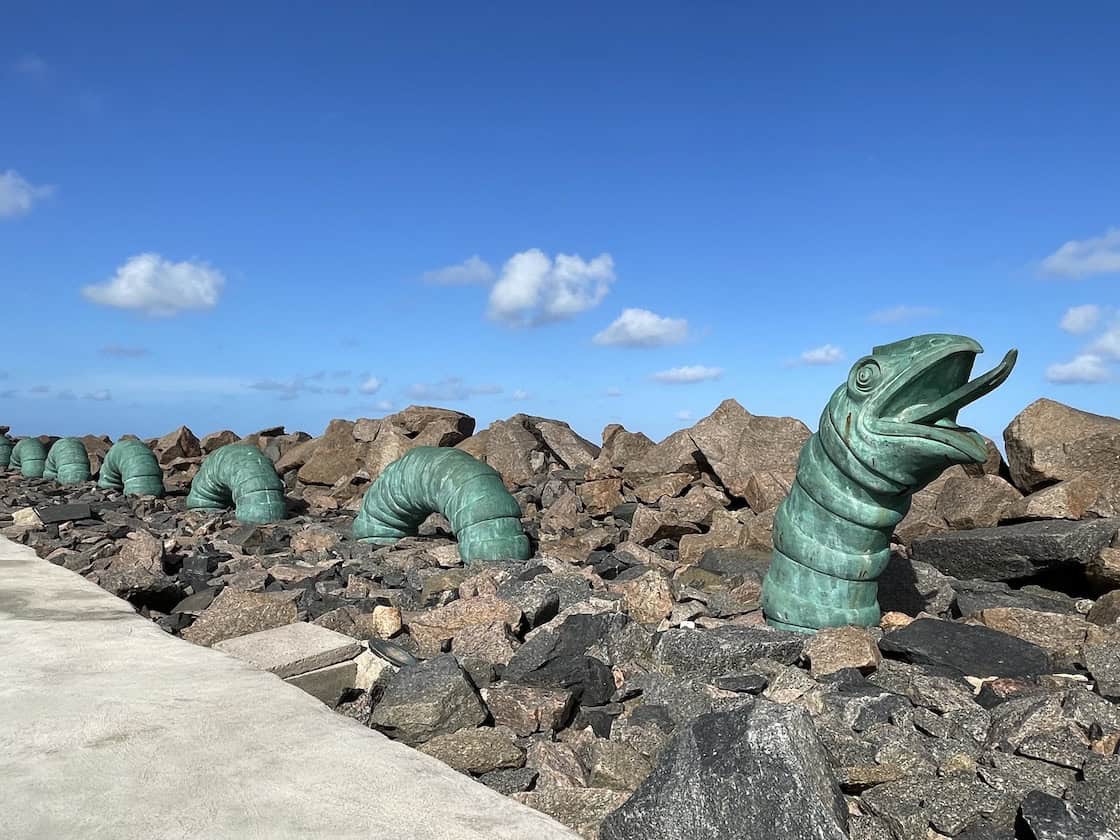
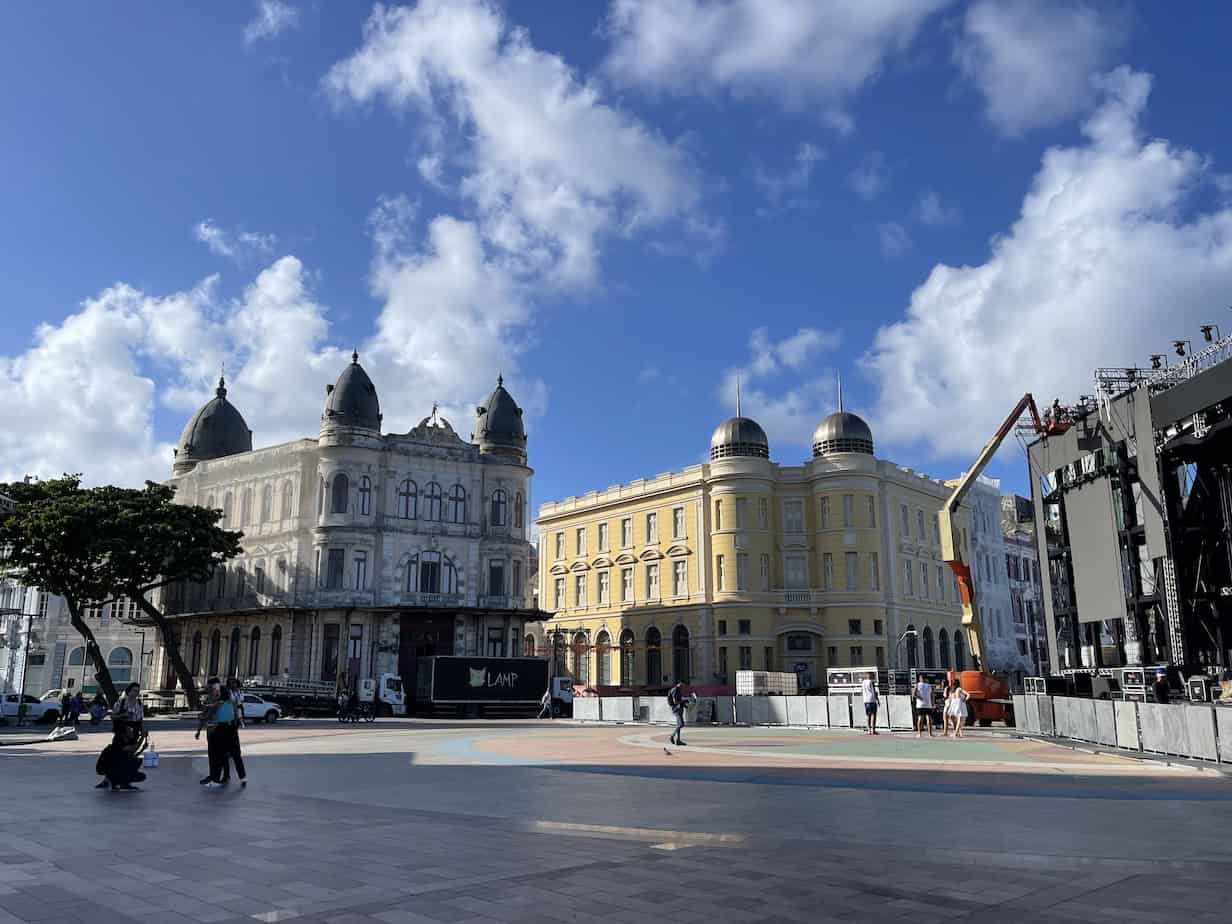
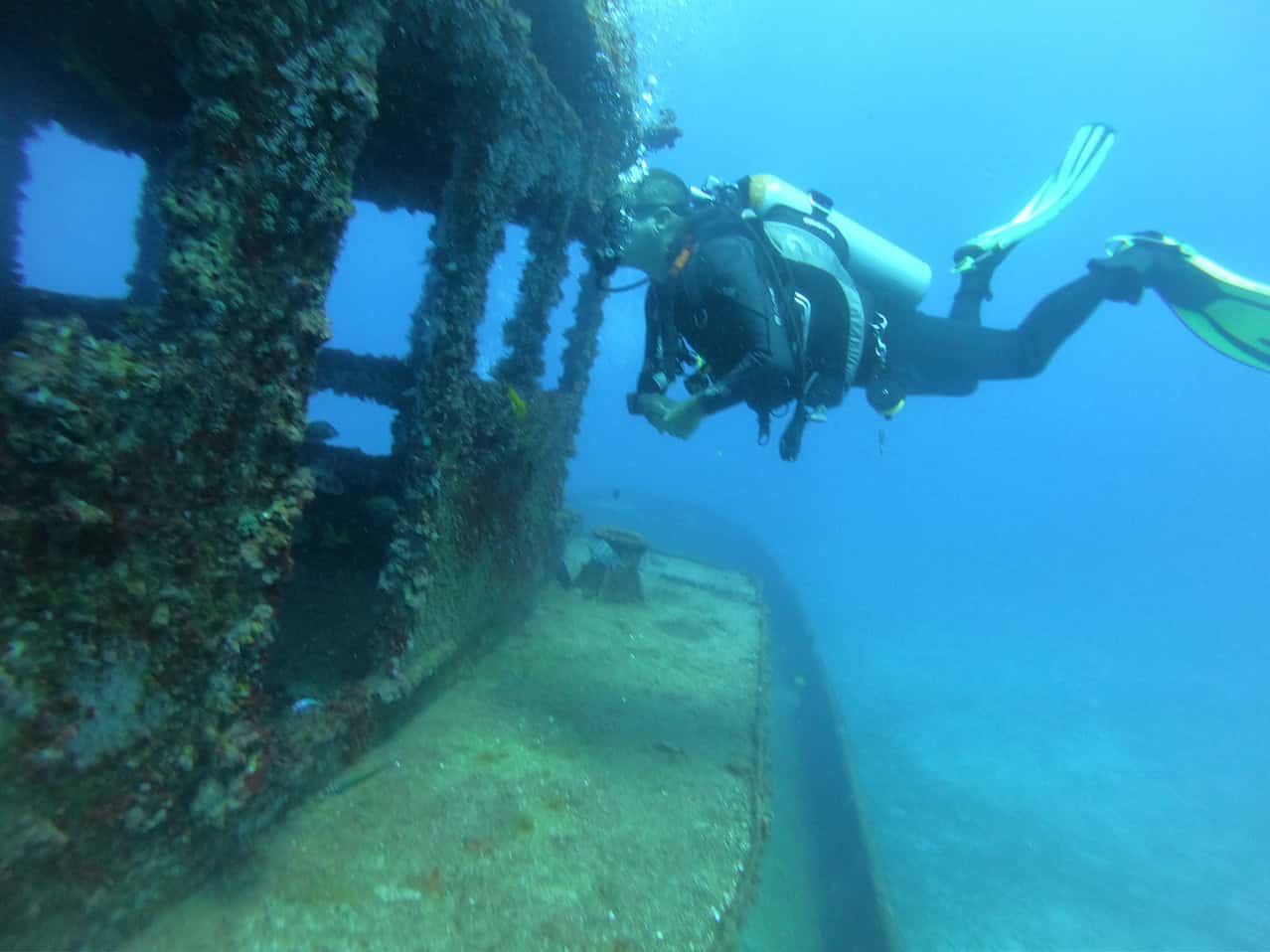
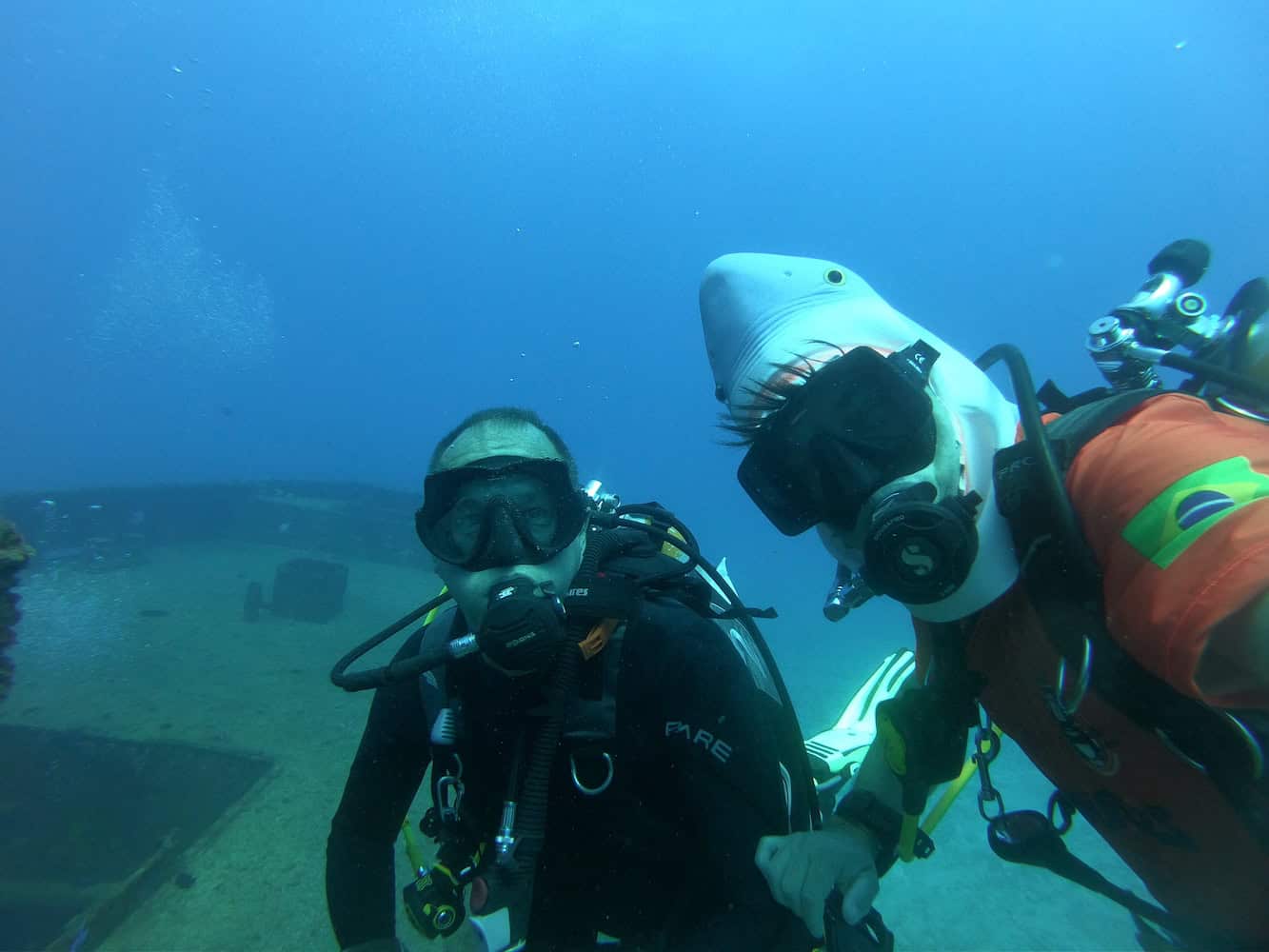
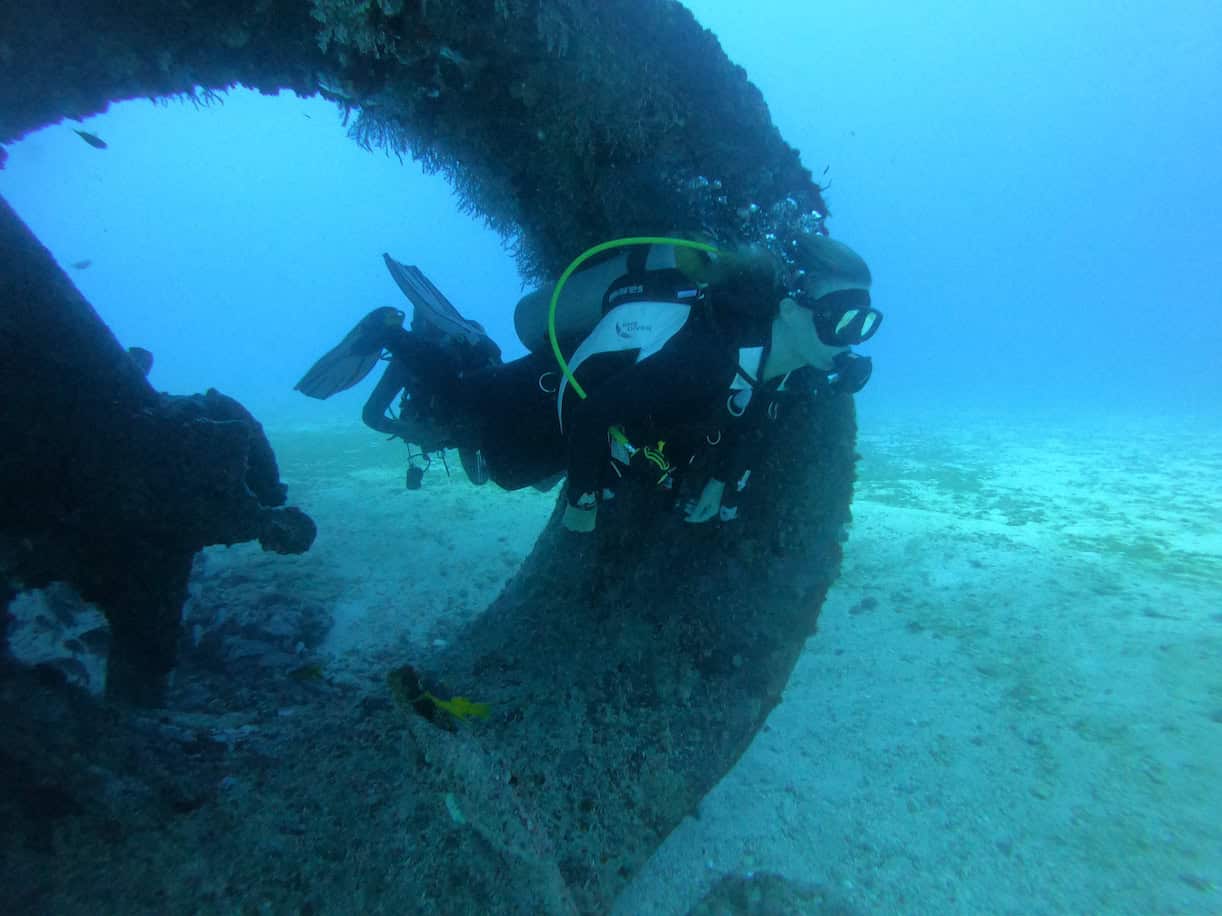
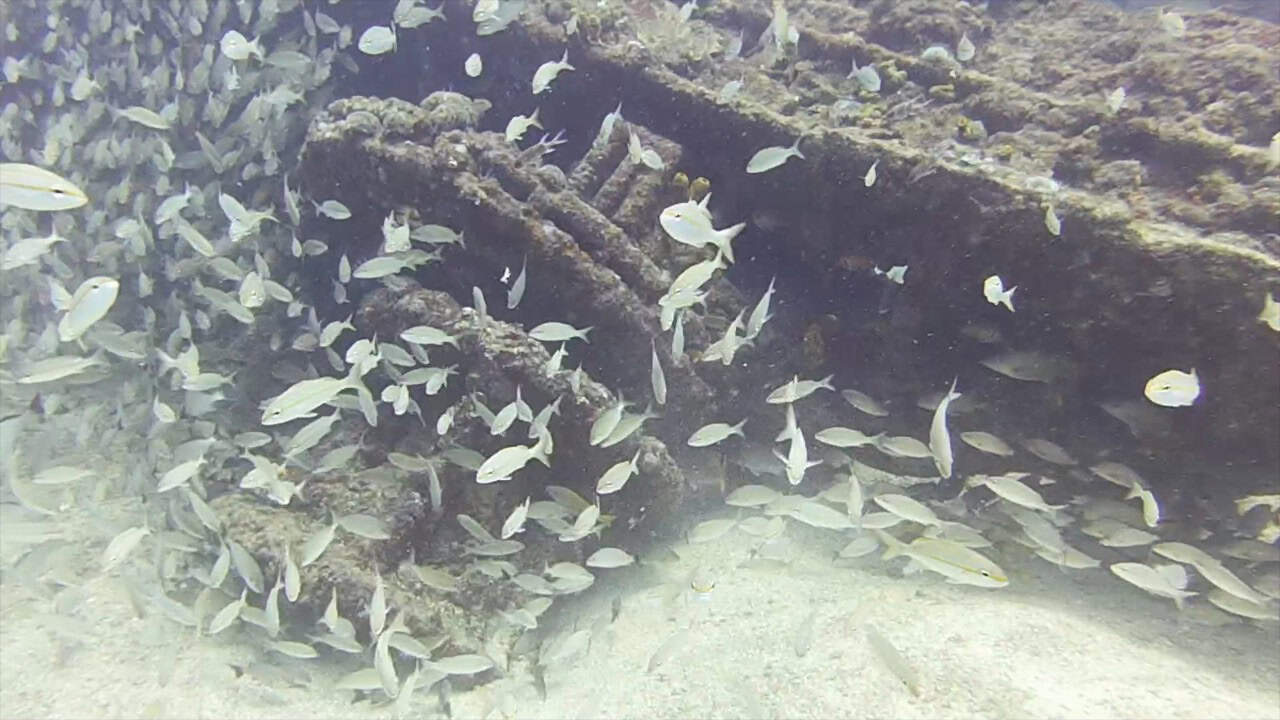
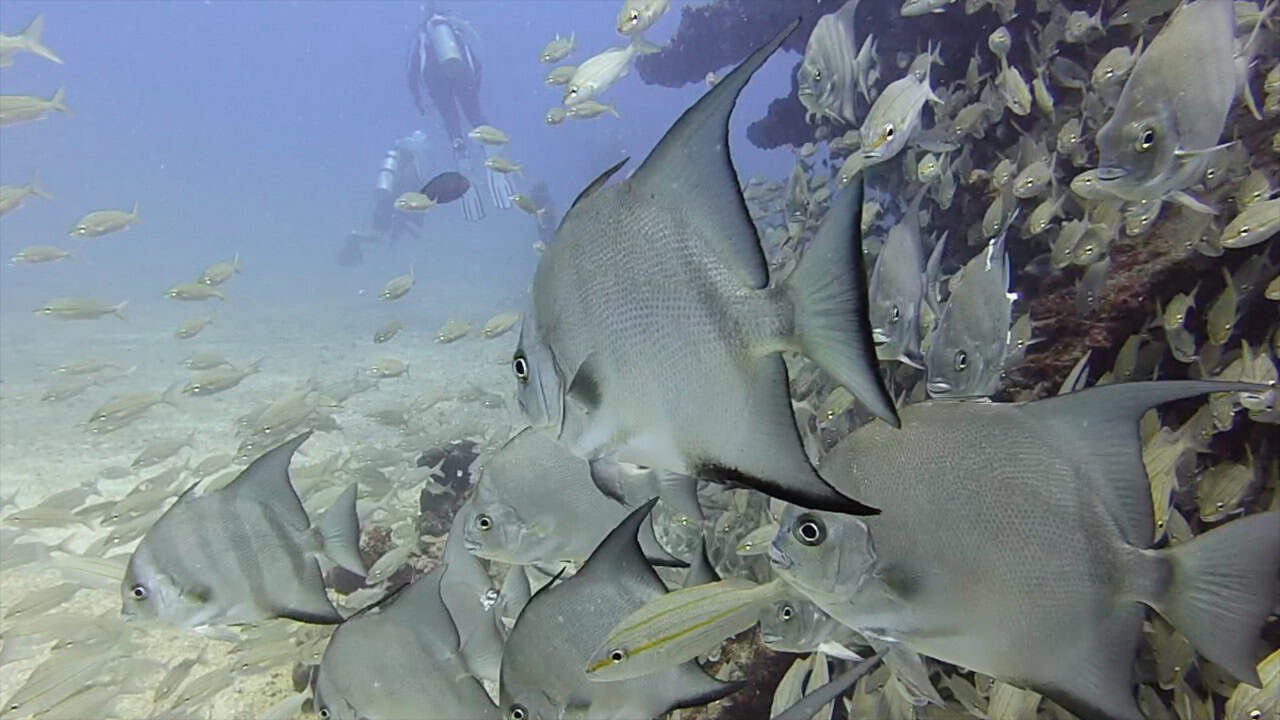
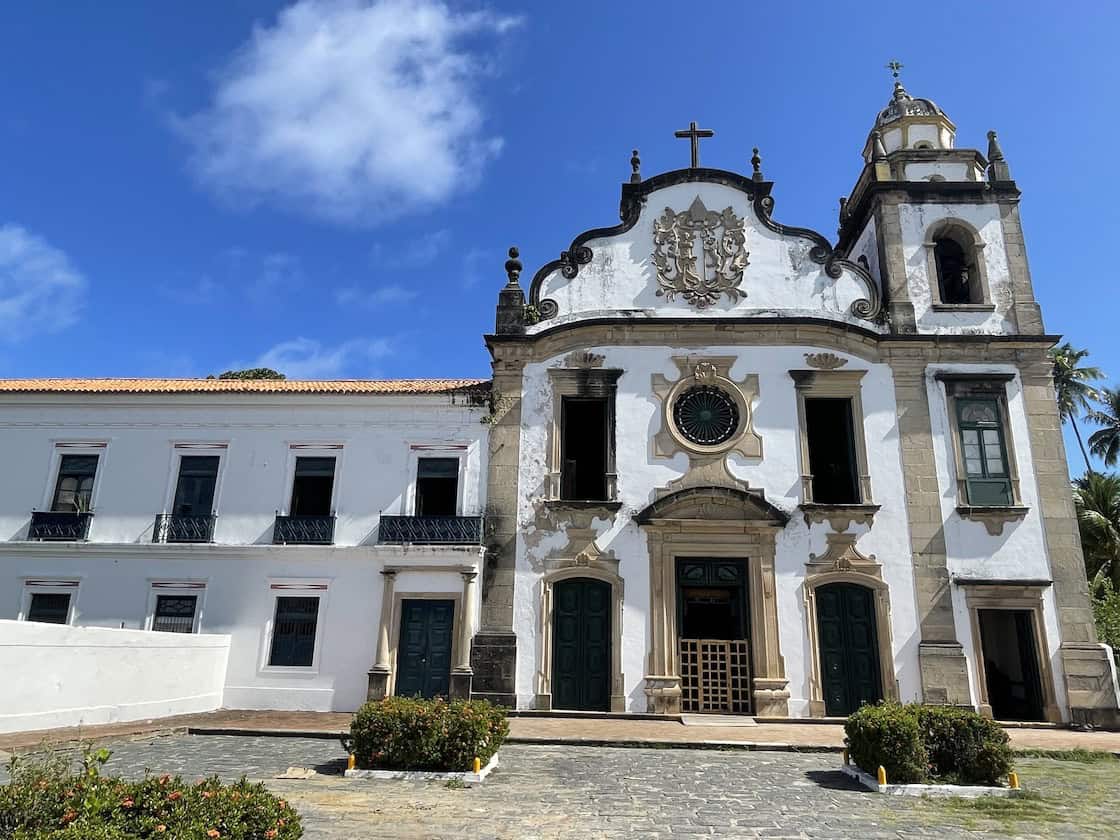

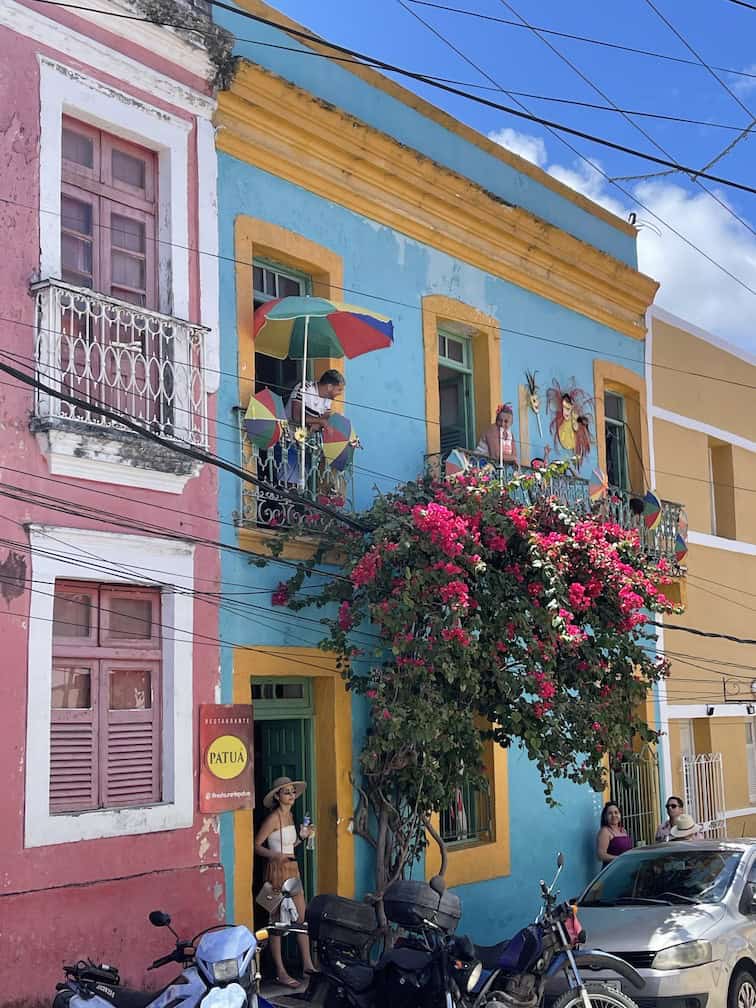

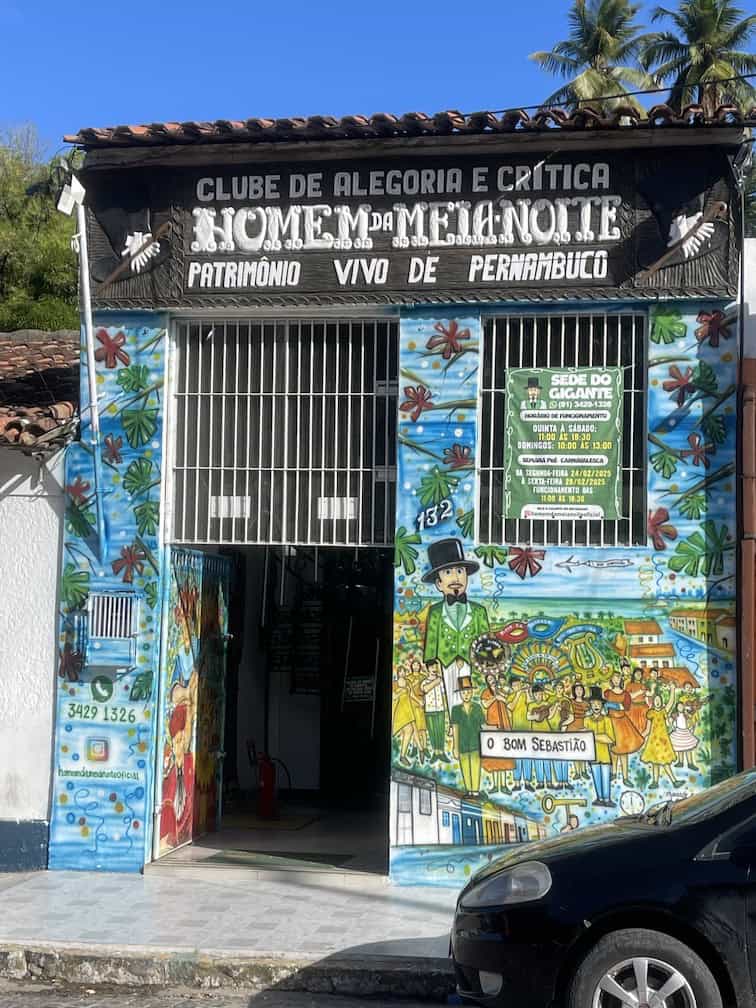
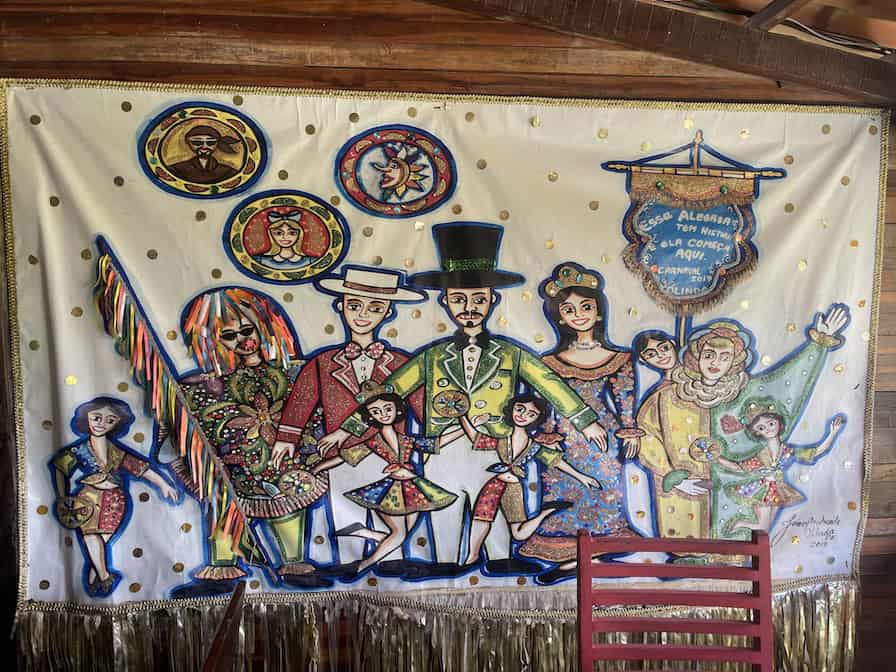
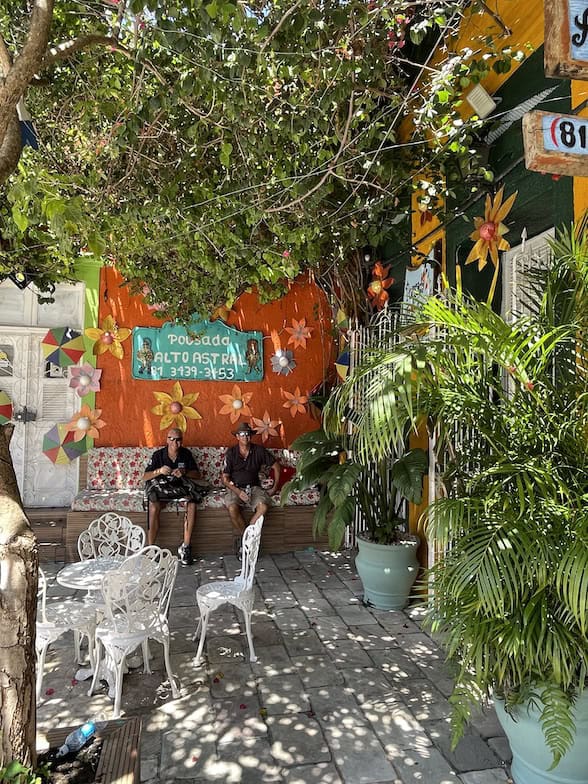

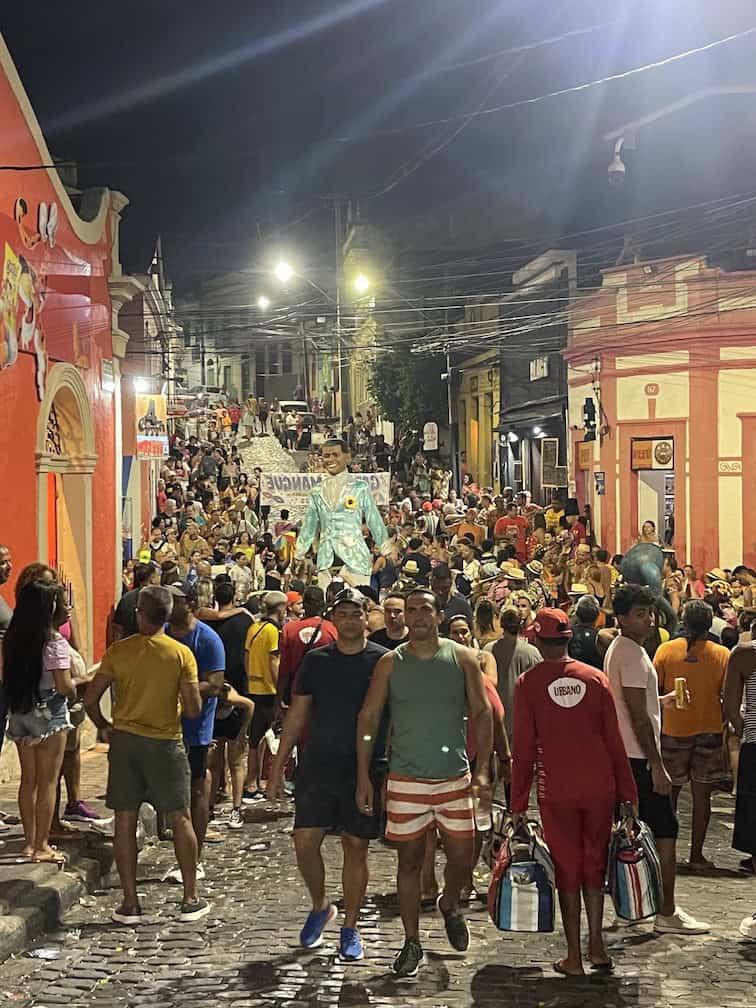
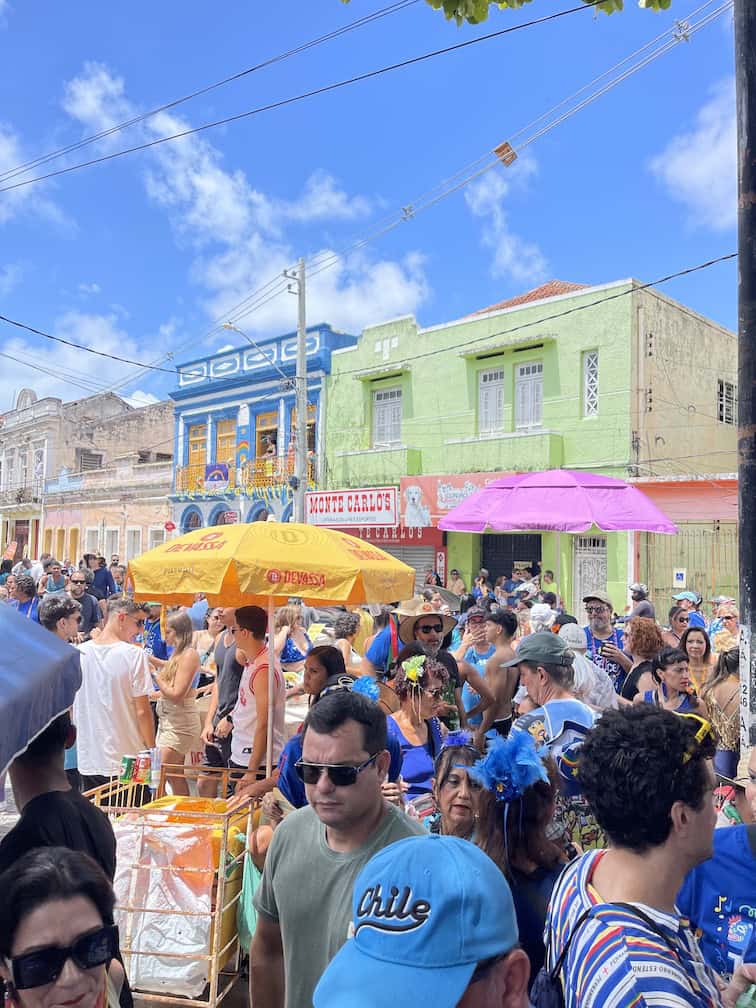
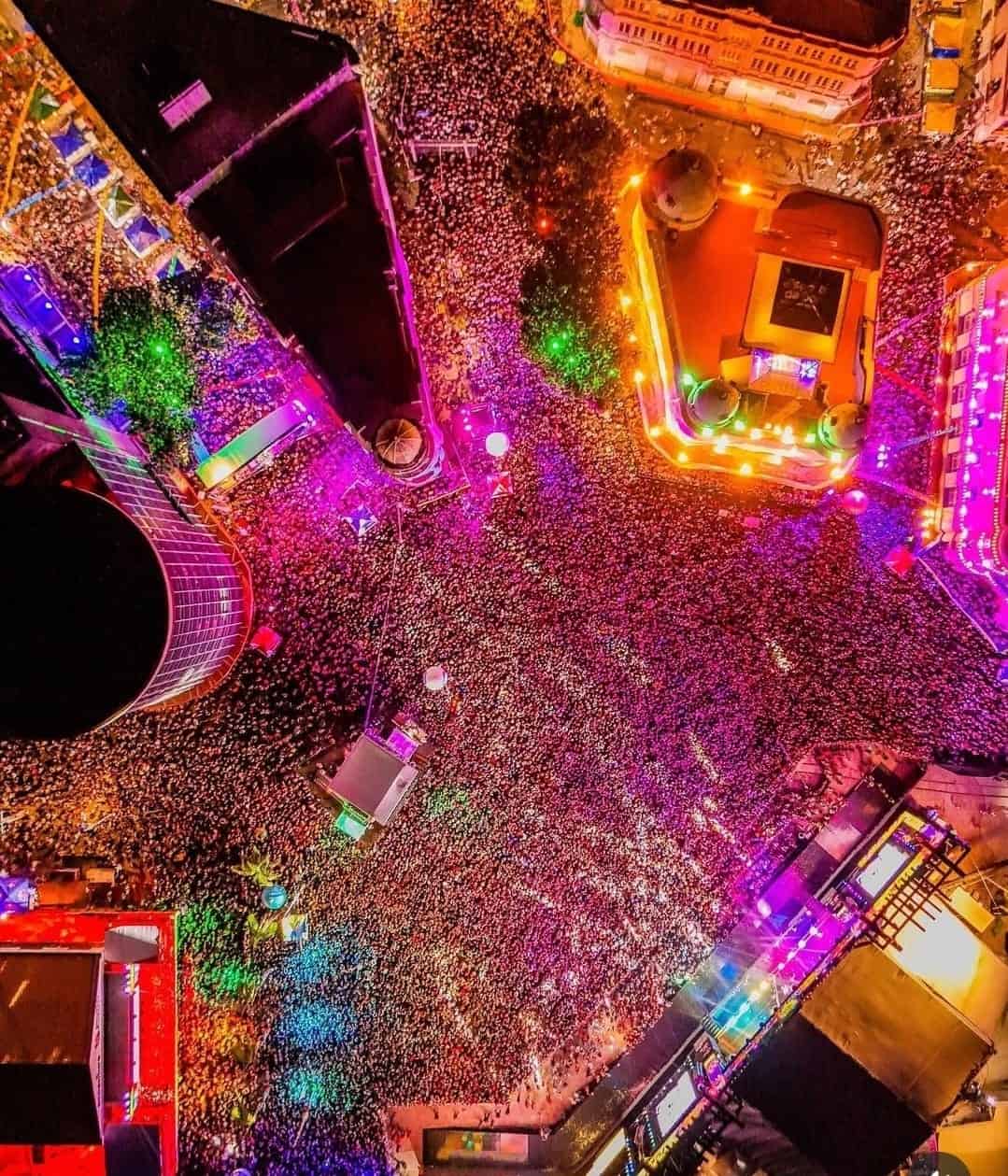
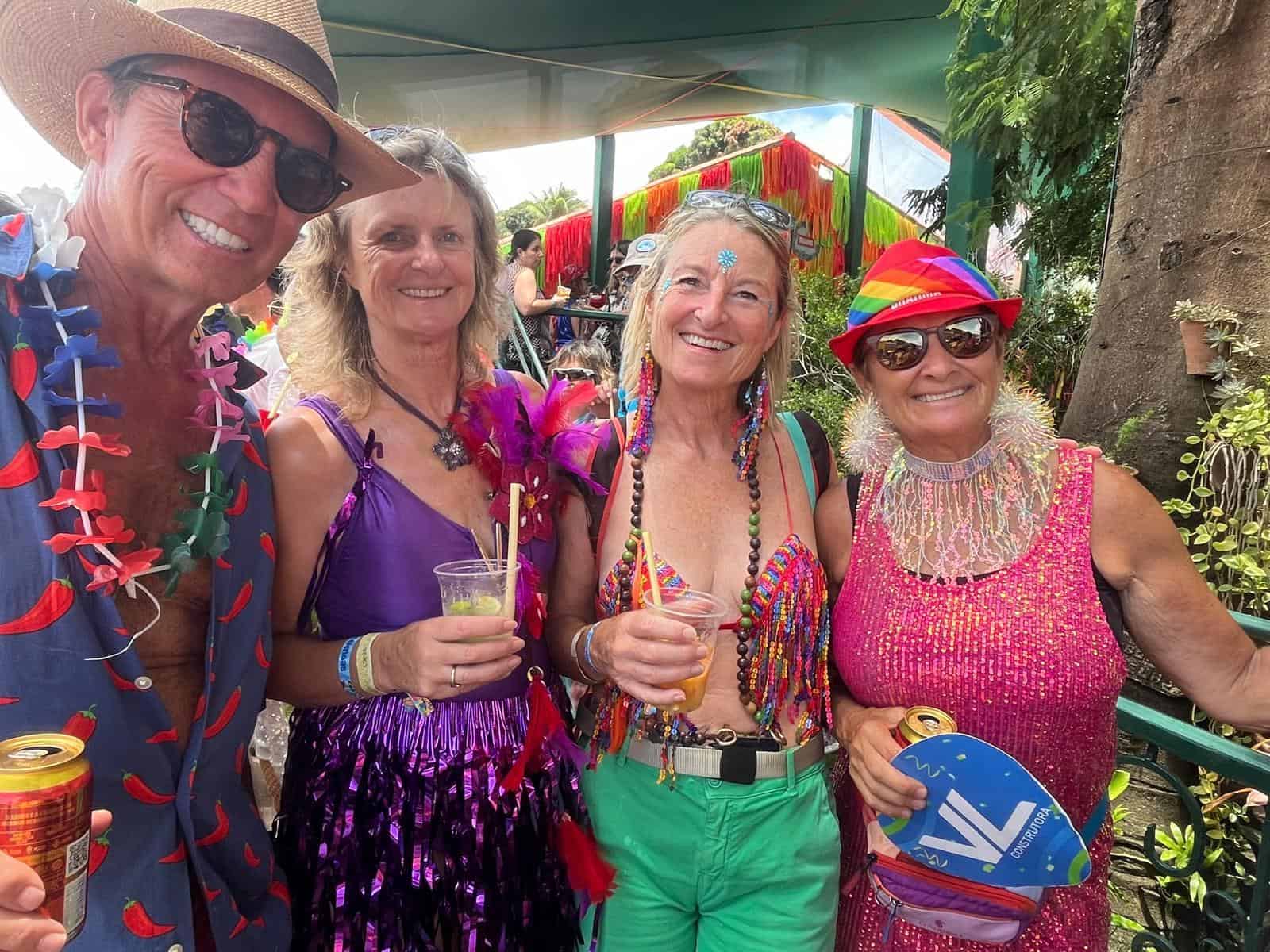
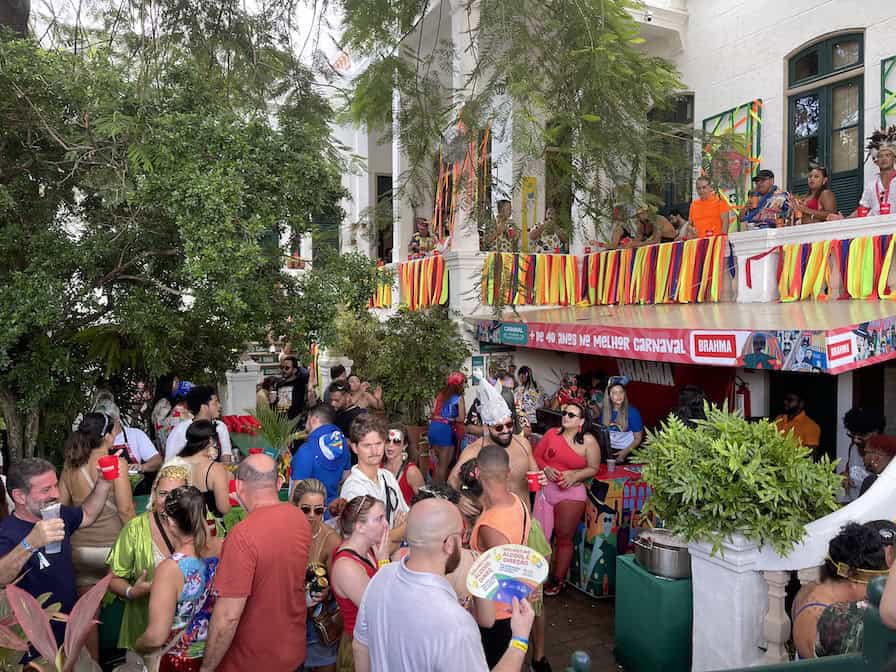
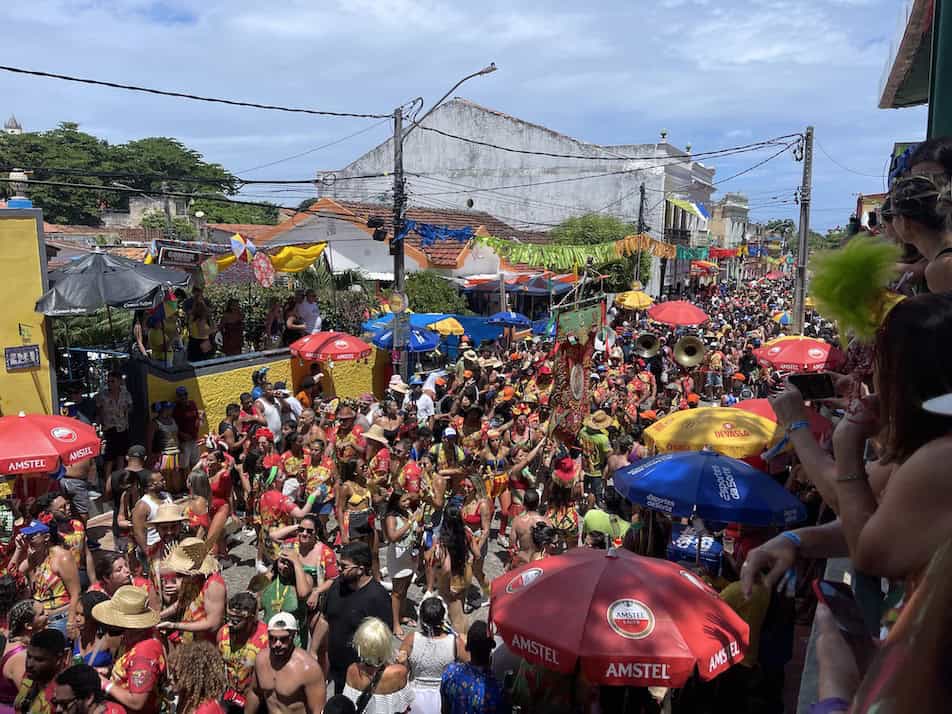

Wow, so much you have seen and experienced 😍
Every day is a new adventure! X
So good to be able to explore other areas of Brazil.
Hi,
We really enjoyed our time there. Interesting place, especially tithe old town areas.
Hope all is well with you.
X
Wow, what an adventure you’re on, happy to see you’re living your best life x
Hi,
Great to hear from you. Yes life is never dull! We have visited some amazing places.
We follow your travels on FB. A cruise….how was it? What is next?
Xx